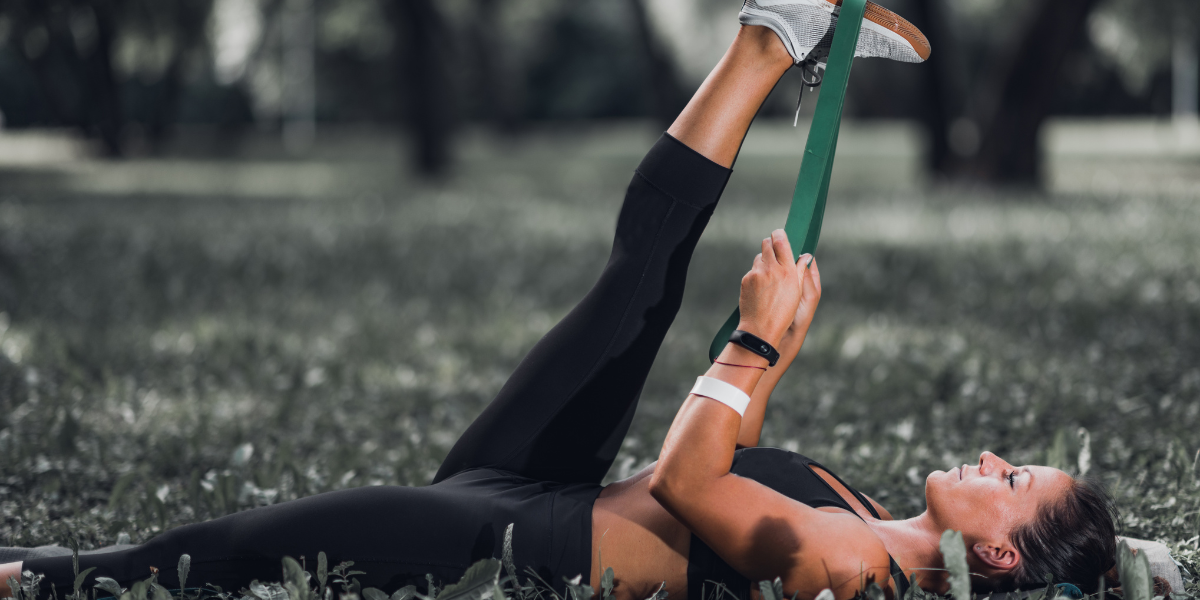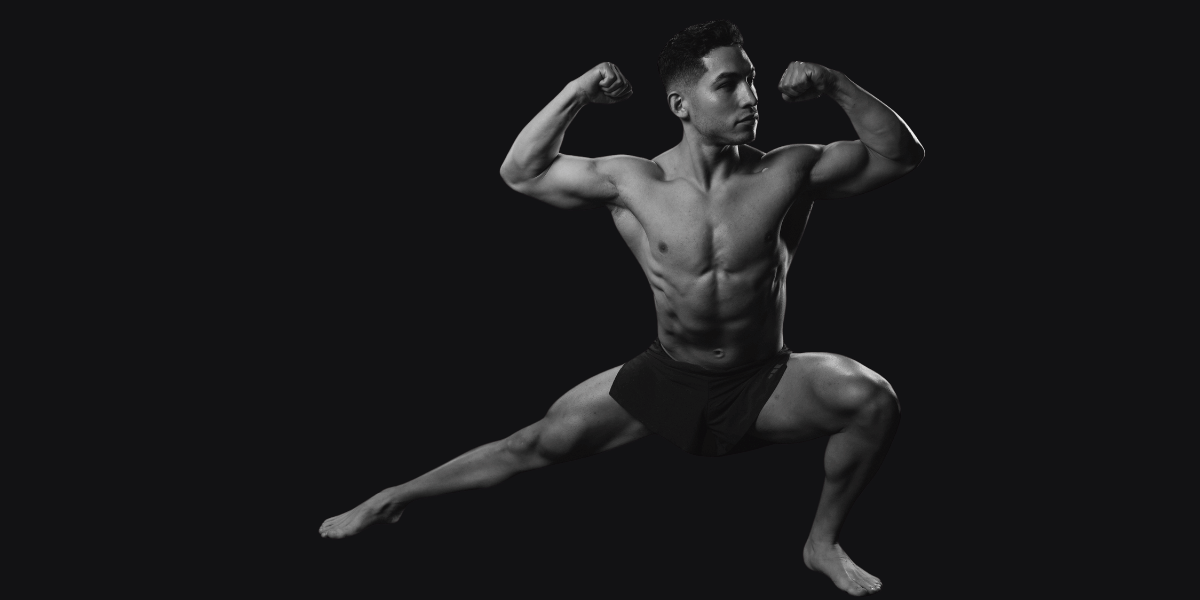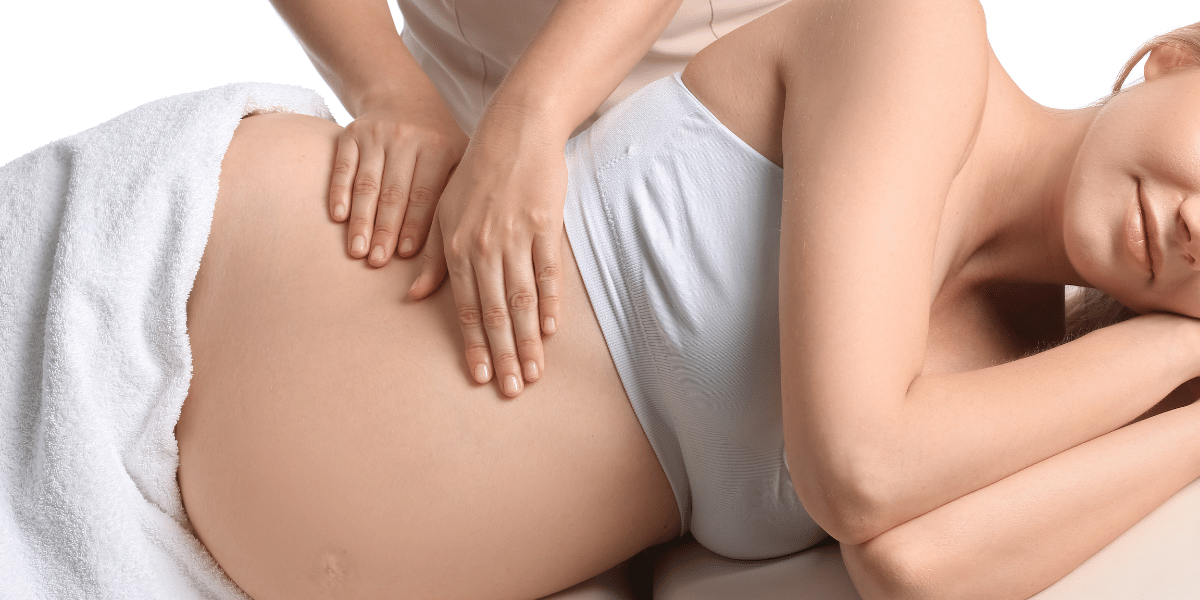Sleep Your Way to Healthier Soft Tissues
Do you know that feeling of soreness and stiffness after an intense workout? That's your body telling you it needs rest and recovery. But did you...
.png?width=70&height=70&name=Stark_LogoMark%20(1).png)

As human beings, we are made up of two-thirds water. The water content in our bodies can vary greatly depending on our age, with babies having as much as 84% water content and people over the age of 51 having as low as 39%. With age, the drying out of our tissues can contribute to a loss in flexibility, which is why it's important to focus on maintaining the health and hydration of our connective tissues. Stretching is a term that we are all familiar with, but its application is evolving. Collagen, the main protein in our connective tissues, is stronger fiber-for-fiber than steel.
When we stretch, we are essentially tearing this protein. While stretching does work to improve range of motion and increase flexibility, it's important to understand that it's not the only solution, and even more importantly – it’s not the most effective either. In order to achieve lasting changes in range of motion and joint integrity, we need to address more than just stretching. The fluid properties of our tissues and the fact that our bodies are interconnected must also be considered. By putting our muscles into specific positions and promoting relaxation (by inducing the parasympathetic state), we can achieve greater changes in range of motion and start the recovery process from exercise. One of the key ways to improve the health and longevity of our tissues is by pushing water through them.
At Stark the type of stretching we use is intended to rehydrate our muscles from the inside, much like a sponge. This water flow is essential to preventing our tissues from getting glued together, which helps them slide better along neighboring muscles (which is what happens when our joints move!). Stretching is an important aspect of maintaining flexibility, but it's not the primary benefit that stretching can offer. By considering the fluid properties of our tissues and promoting relaxation, we can achieve greater changes in range of motion and improve the health and longevity of our connective tissues. So should you stretch? Yes. But with the intention of optimizing recovery and promoting healthy tissue.

Do you know that feeling of soreness and stiffness after an intense workout? That's your body telling you it needs rest and recovery. But did you...

Take a moment to think about your top fitness goals — did improved quality of movement come to mind? When we discuss fitness goals with our students...

Pregnancy is a beautiful and transformative period in a woman's life. However, it often comes with its share of physical challenges and discomforts....